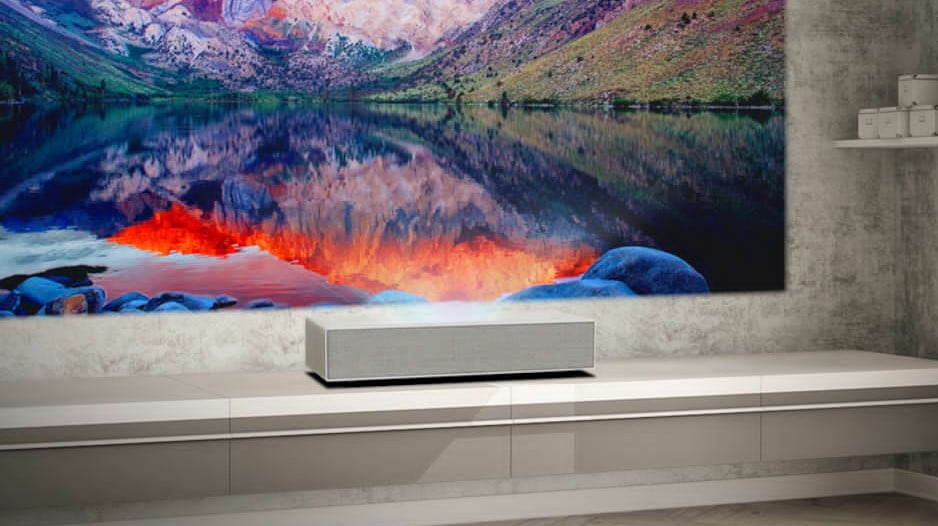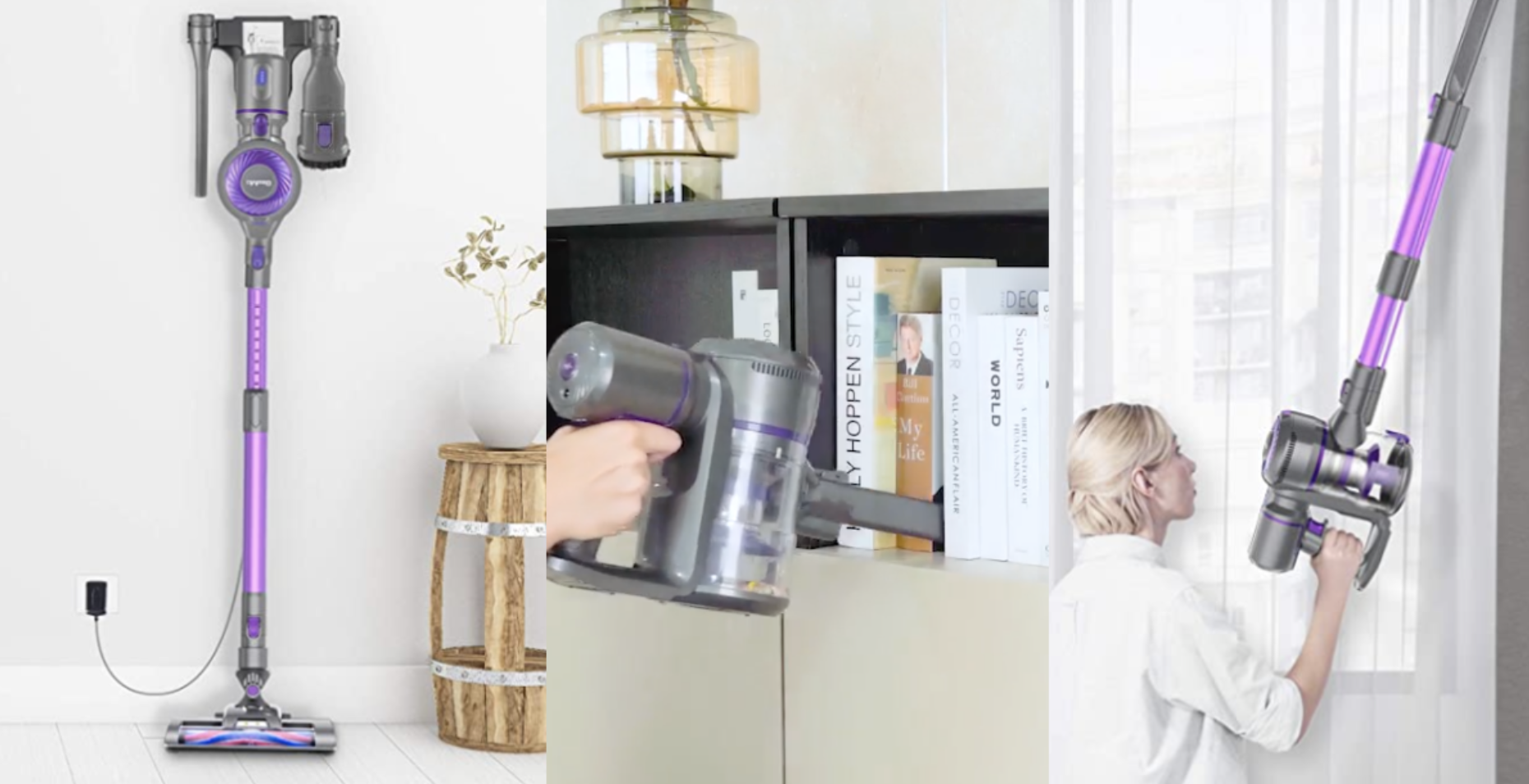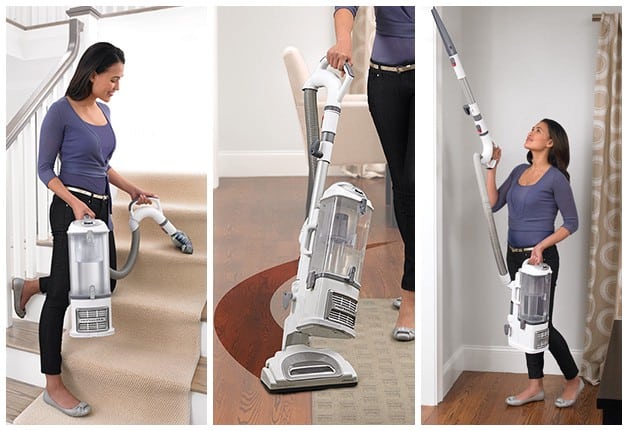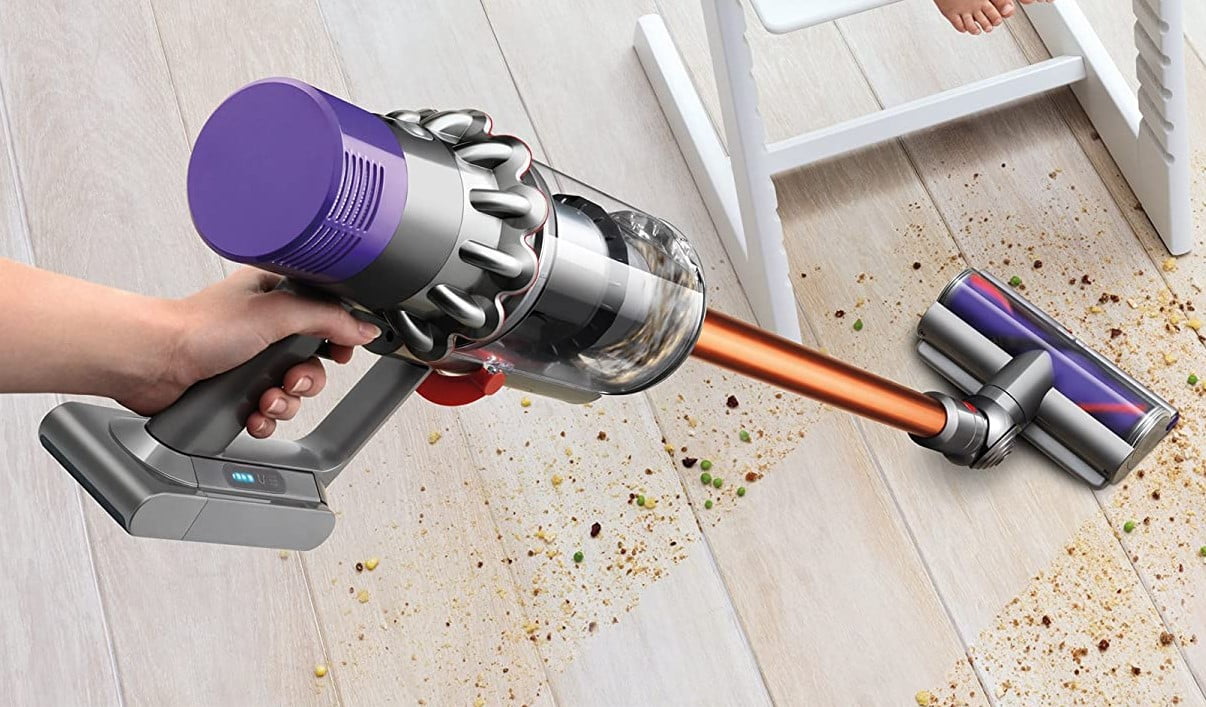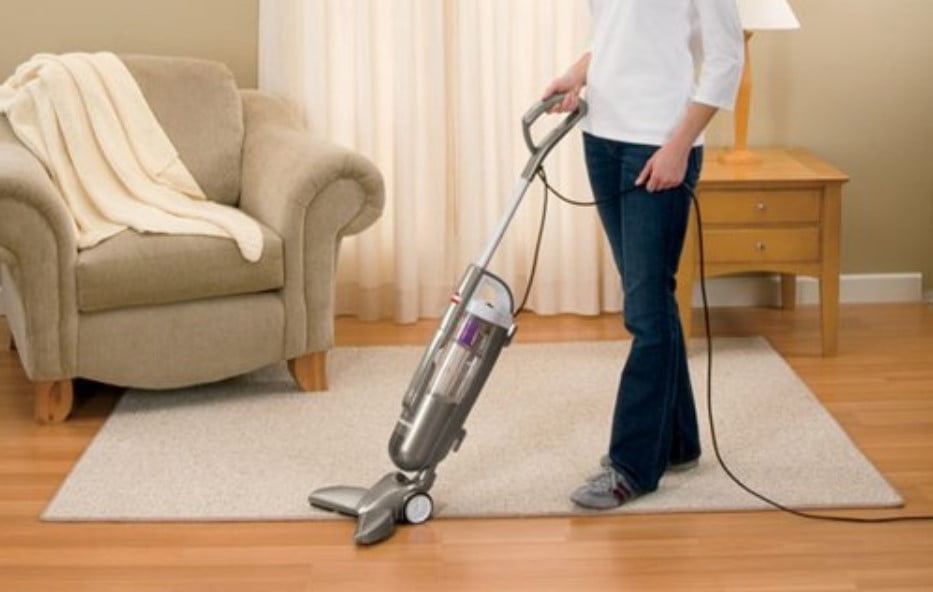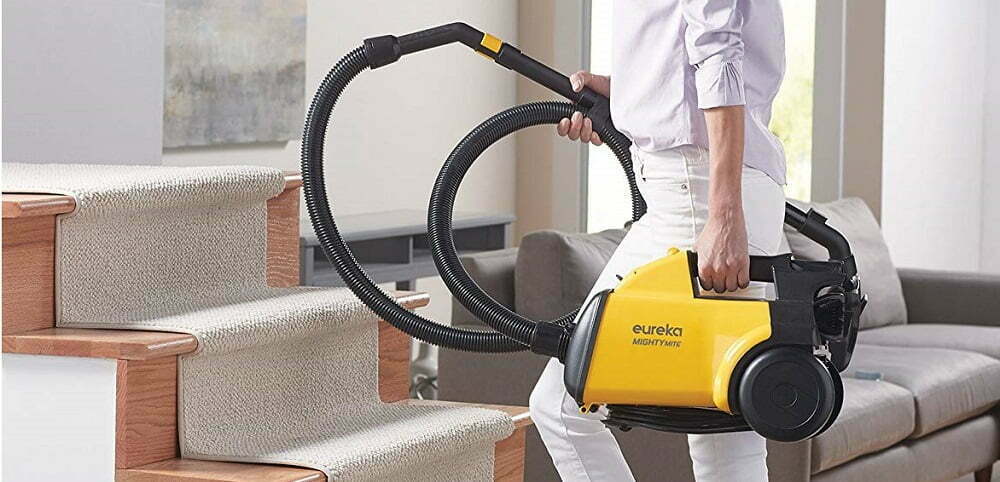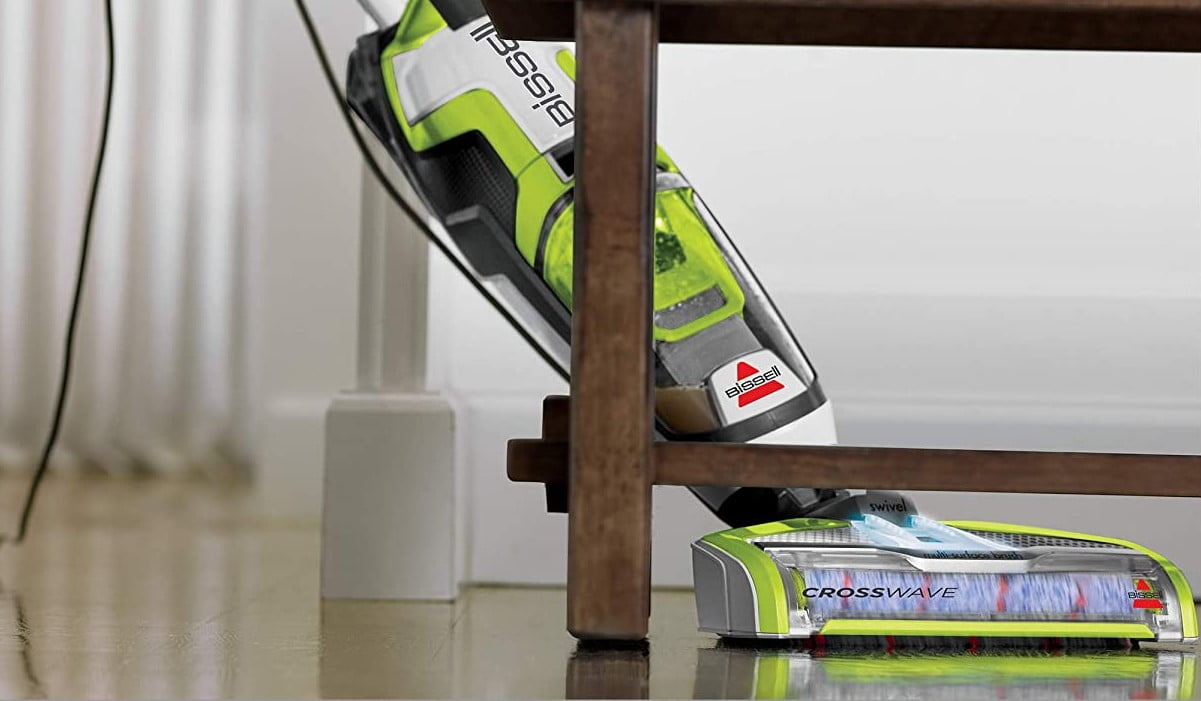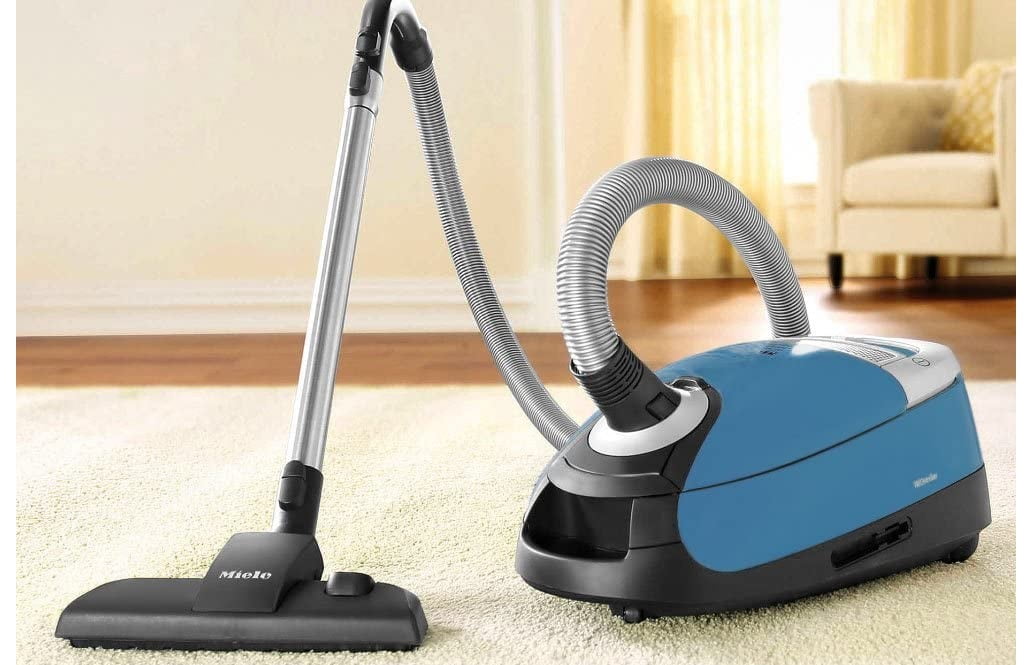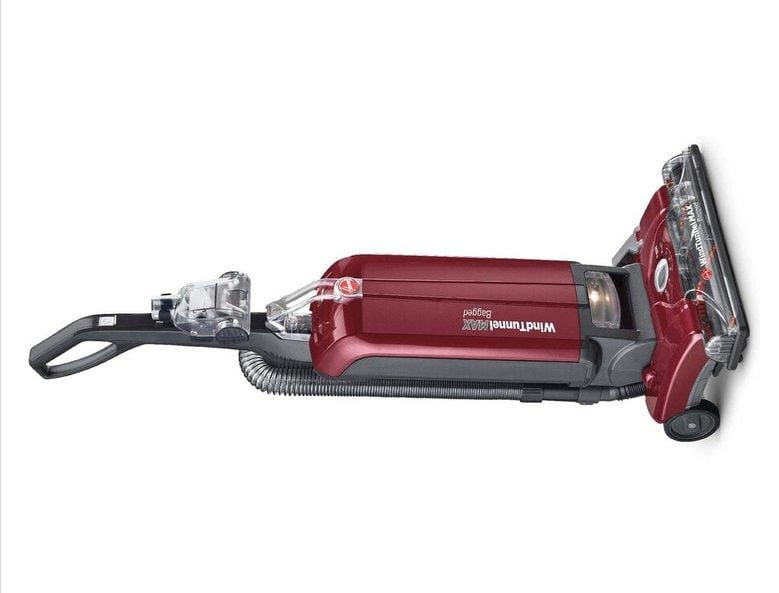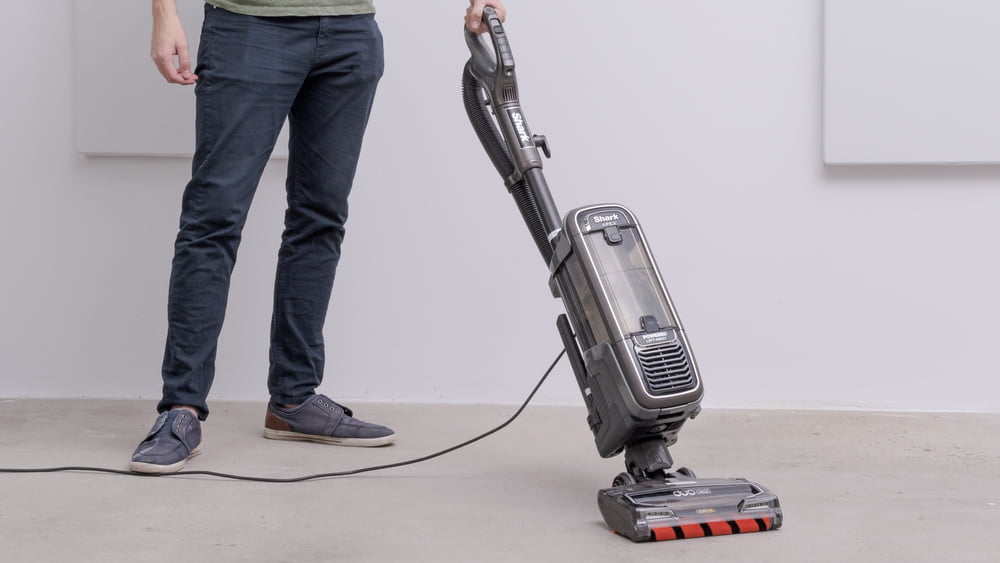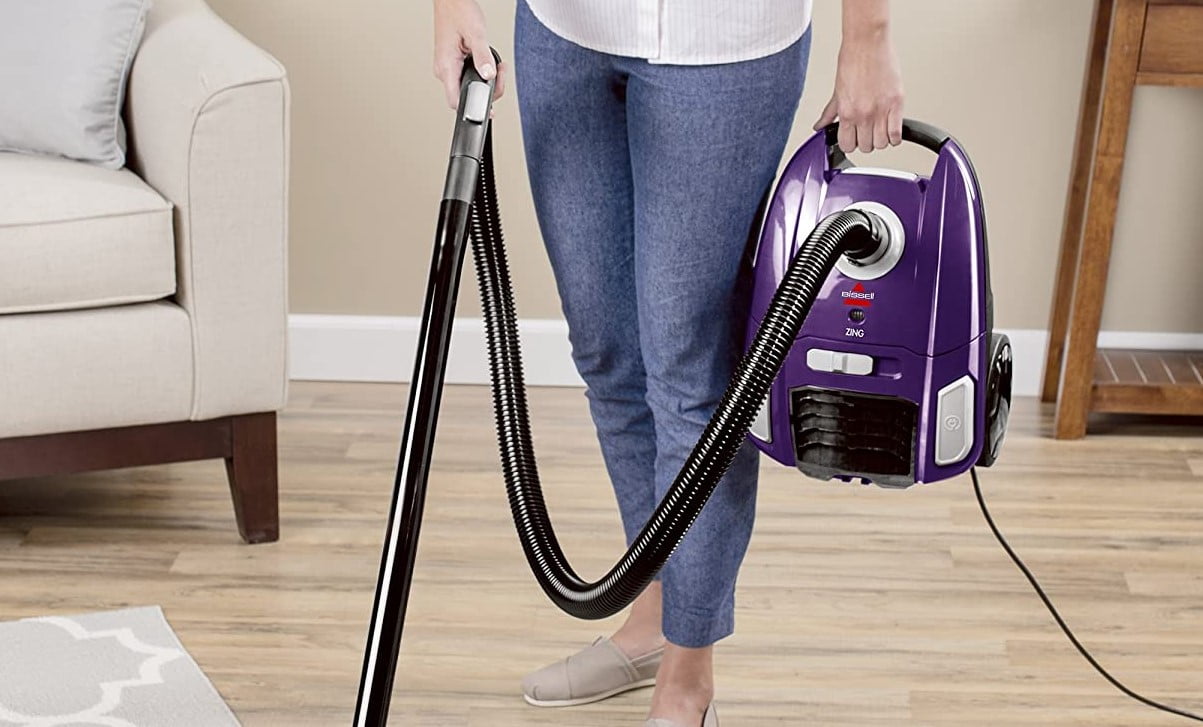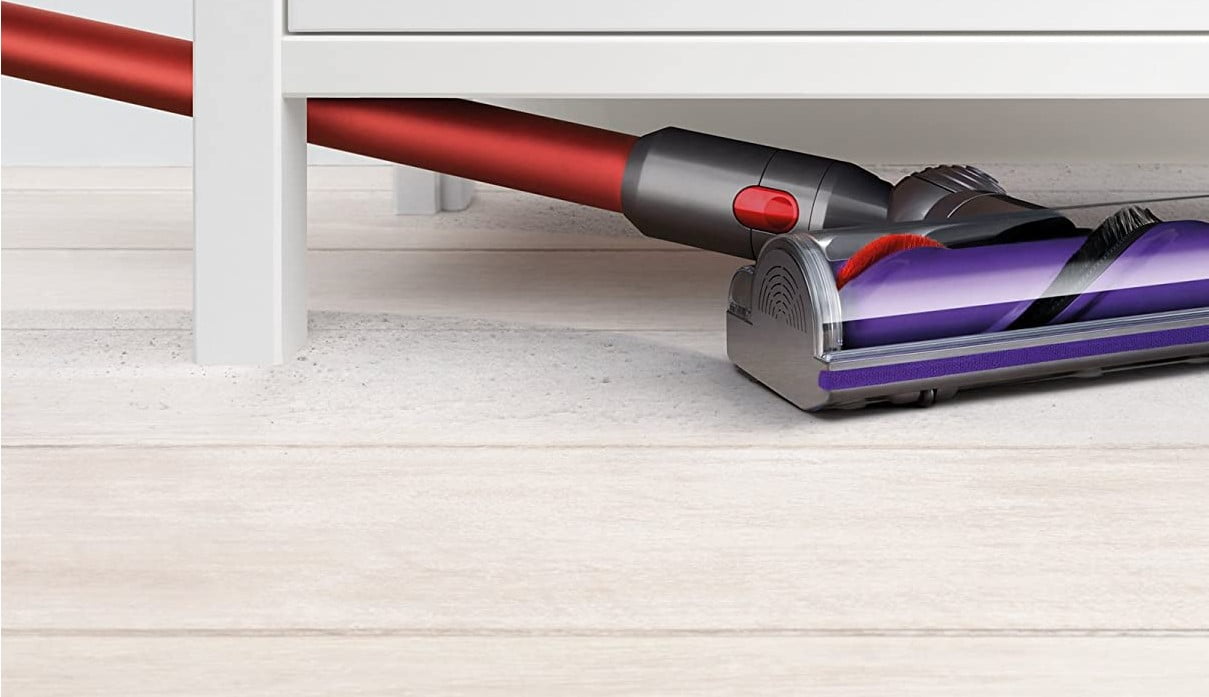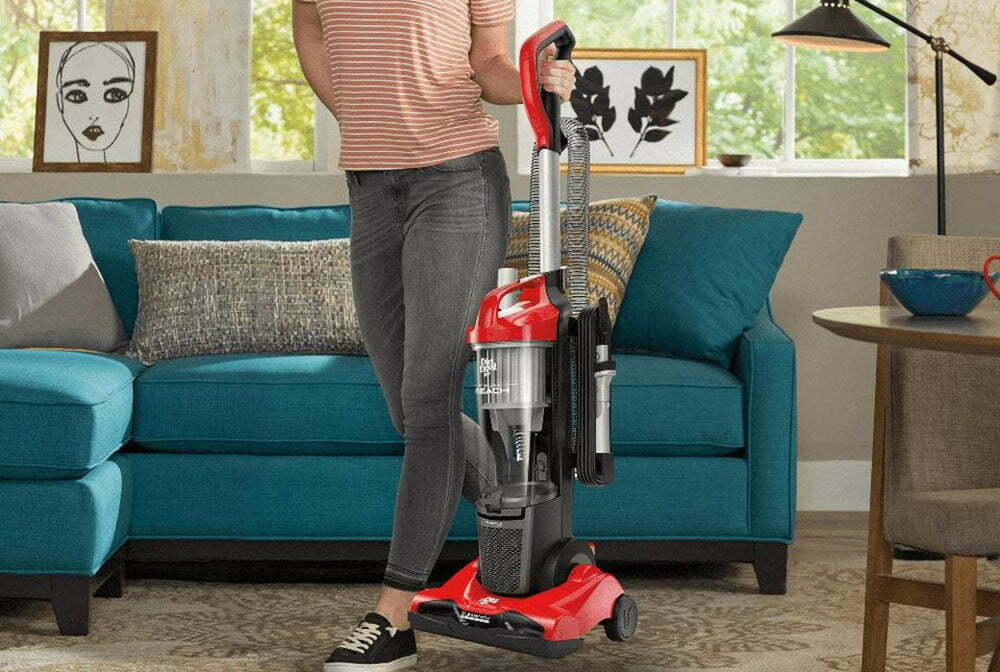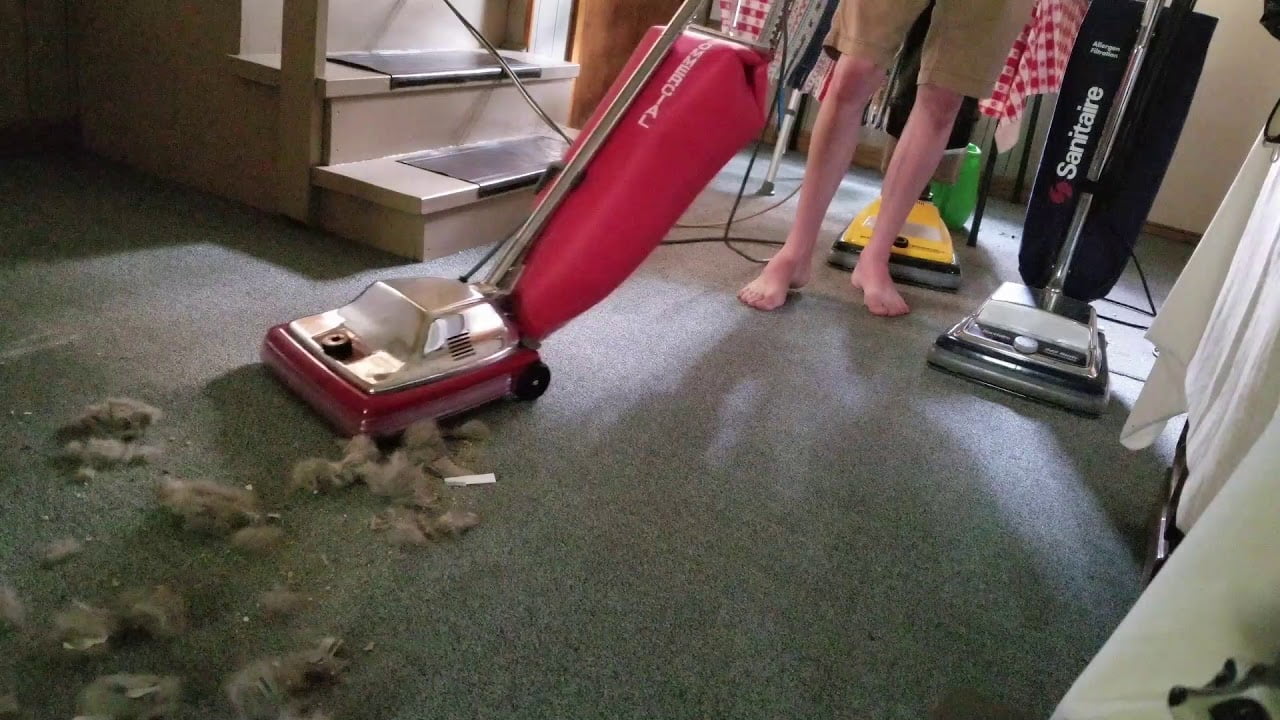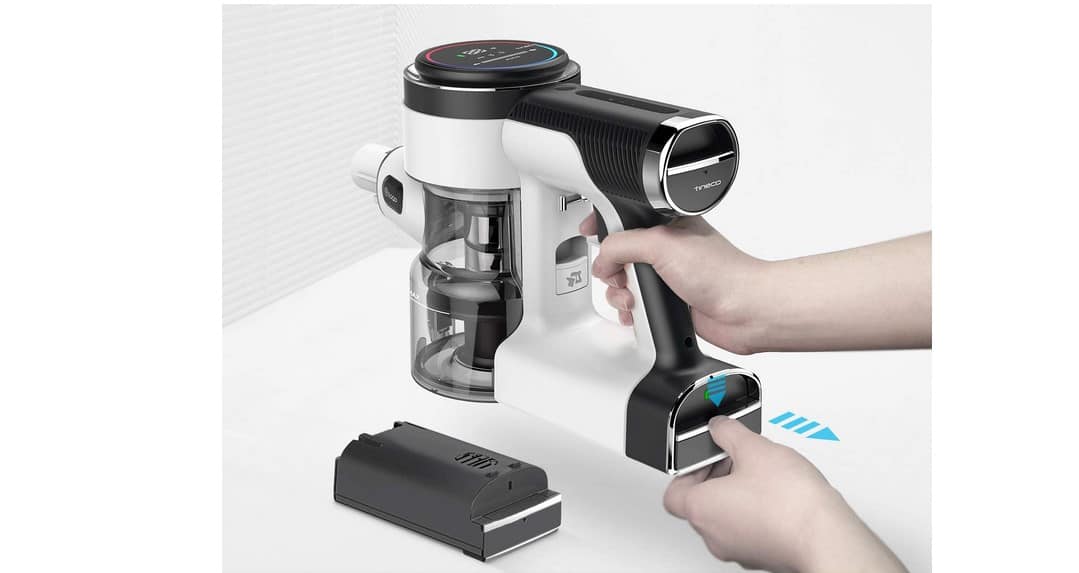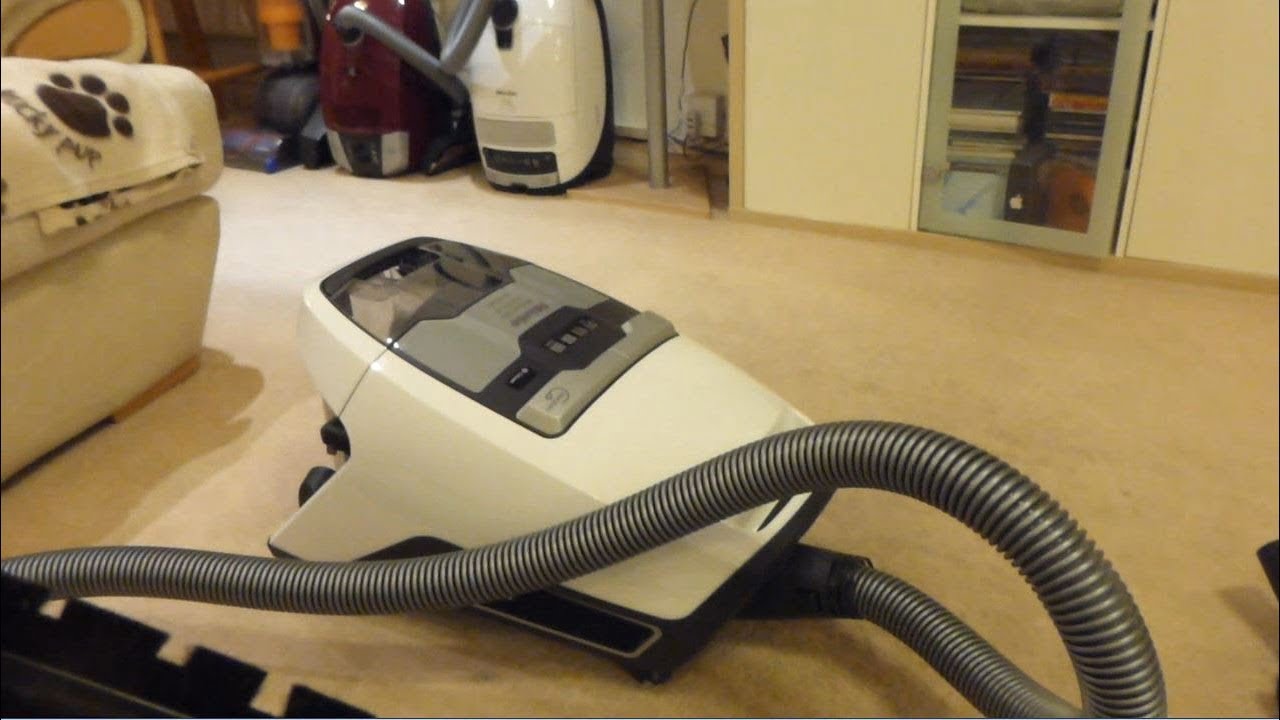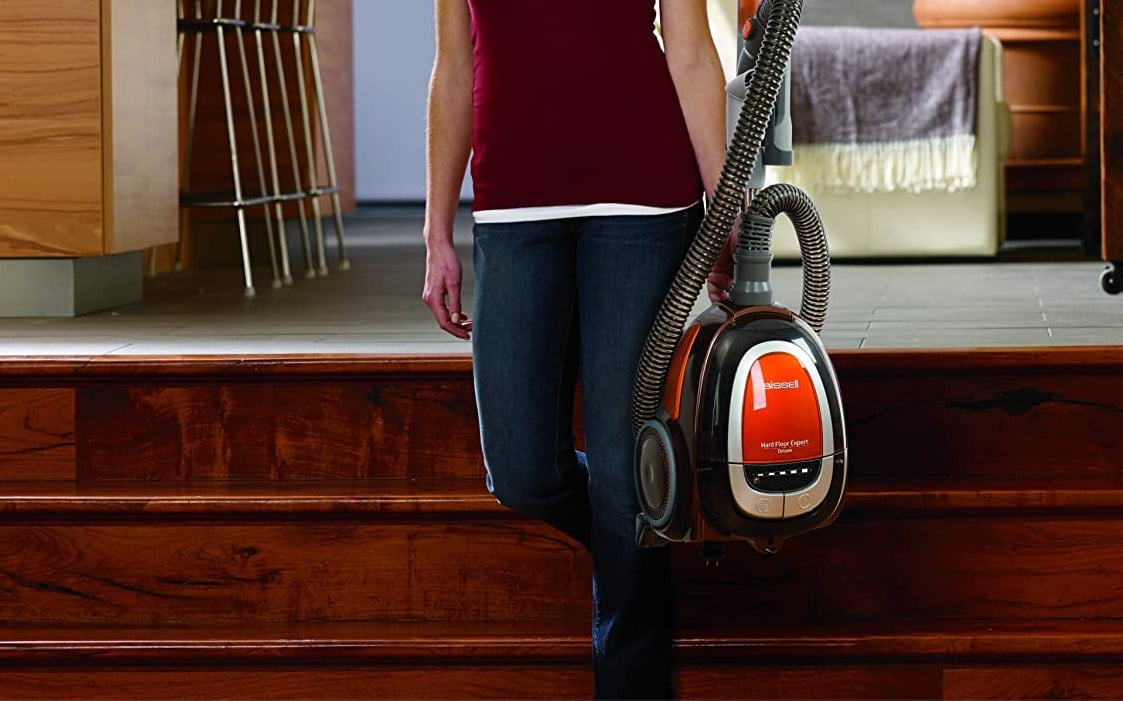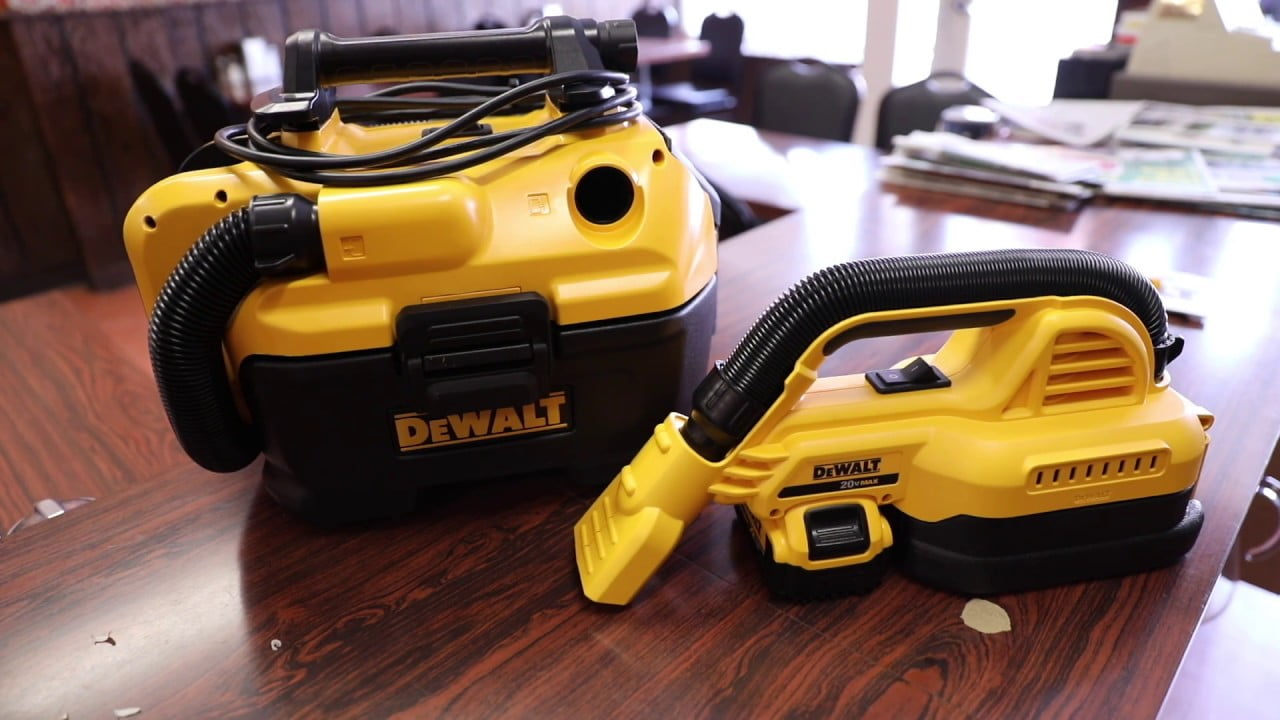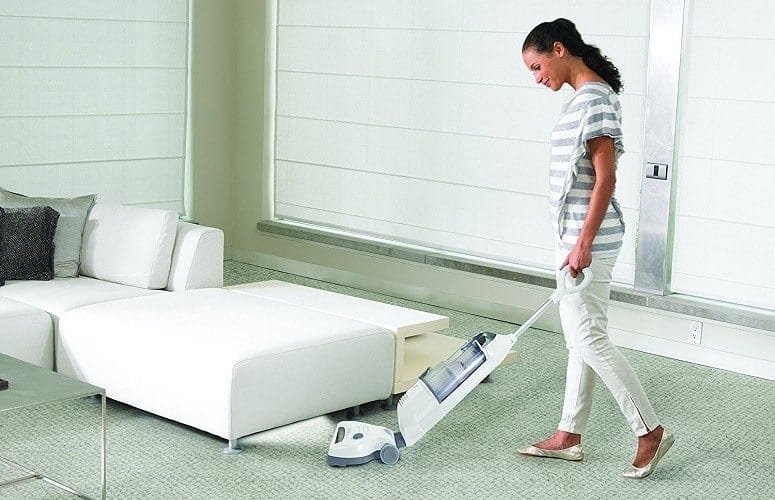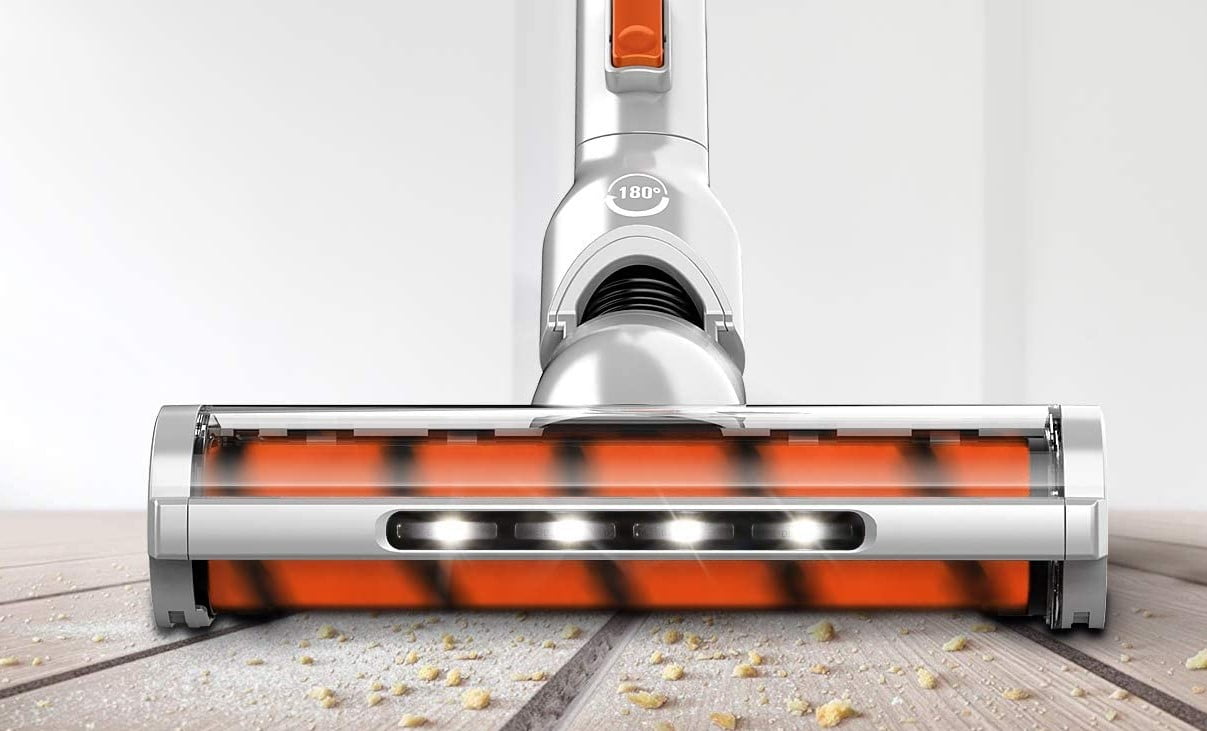The different parts of a vacuum cleaner are a mystery to most people. Almost everybody has these household devices to fulfill their daily cleaning duties and the occasional deep cleaning. In this article, we’ll explore the wide range of parts that make up your vacuum cleaner so you can understand how they work from the inside out, and to protect it from damage, especially if it is a top-tier vacuum cleaner.
KEY TAKEAWAYS:
- Bagged vacuum cleaners comprise six main parts, including angled fan blades, a porous bag, an exhaust port, an intake port, an electric motor, and a housing unit. Extra attachments include brush heads, vacuum hoses, and angular suction tools.
- Bagless vacuum cleaners are made of similar parts with a few different things, such as not having a porous bag.
- Most parts of your vacuum cleaner can be replaced by a professional, but it’s probably better to buy a new vacuum cleaner instead if you have a lower-end model.
The Internal Components Of A Vacuum Cleaner
Nearly all brands and manufacturers will include the same parts. Vacuums are created with an almost exact “blueprint” based on a simple list of components that have been in use for years. However, all brands don’t offer the same peace of mind you get when you register a Dyson vacuum.
Insider Tip
Debris from carpets doesn’t stand a chance against vacuum filters.
The Parts of a Vacuum
While there are a few small parts in the mix, the main components of bagged vacuum cleaners are found below. A little later, we’ll go over bagless vacuum cleaner parts, as well, since there are a couple of crucial differences between the two types of vacuum cleaners. Understanding the different parts of a vacuum is important, especially for things like vacuuming hardwood floors.
The Angled Fan Blades
Airplane propeller blades inspire the air blades in your conventional model. Those angled blades are in charge of creating suction power and keeping air moving steadily through a standard vacuum.
The Intake Port
The intake port provides a steady stream of air so that the vacuum can maintain suction power. The speed at which air sucks into the unit is directly proportional to the speed of the fans.
The Exhaust Port
The exhaust port provides an opposite but complementary function to the intake port. This is the spot where the stream of air is allowed to flow back out.
The Electric Motor
Without the electric motor, your vacuum cleaner would suffer from a severe loss of power. This is an essential element of modern-day models. Most motors will operate with upwards of 1800 watts. The lower-end units will hover around 1600 watts.
The Porous Dust Bag
Debris from carpets doesn’t stand a chance against vacuum filters. Porous dust bags are a feature found in bagged vacuum cleaners and are precisely where their name comes from. They filter out loose dust, dirt particles, and other air particles that are undesirable.
Warning
Canister vacuums can be less hygienic than their bagged counterparts
What Makes Bagless Vacuum Cleaners Different
There are only a few key differences between a bagged vacuum and a bagless vacuum. The parts are mostly the same save for the exception we’ll go over below.
The Dirt Collecting Bin
Also called a dust canister, this is a feature typically seen in upright stock models. Canister vacuums can be less hygienic than their bagged counterparts. However, a perk of canister vacuum cleaners is that you can easily see the dirt level inside of them. This makes knowing when to empty the canister easy.
F.A.Q.
How do vacuum cleaners work?
Vacuum cleaners work by creating negative air pressure. The negative pressure causes air outside to flood in, evening out the vacuum’s internal pressure.
What are the most common parts of a vacuum cleaner that need to be replaced?
There are a few parts that might need replacement over the lifetime of your vacuum cleaner. These are the most common parts:
- Motor
- Power Cord
- Bag Slide
- Bottom Plate
- Bellow
What should I do if any of the parts of my vacuum cleaner break?
It is recommended for lower-end models that you just replace the entire unit. It is far cheaper and much less effort than buying and replacing parts yourself or hiring an expert to do it for you. However, for a higher-end or luxury vacuum cleaner, contact the manufacturer. They can either fix it for you if it’s under warranty or direct you on how to have it done either by yourself or by an outside expert.
Should I try and fix my vacuum cleaner myself?
Make sure that you understand your warranty if you have one. Attempting to fix a broken vacuum cleaner yourself can void any warranty the manufacturer may have provided. Always contact the manufacturer to ask what your next step should be. For a lower-end unit, or in the case of no warranty, you may want to hire a professional to do it for you.
STAT: HEPA filtration-equipped vacuum cleaners can capture almost 100% of particles and allergens as small as 0.3 microns. (source)
REFERENCES:
- https://www.michiganmaintenance.com/blog/2020/01/8-most-commonly-replaced-vacuum-cleaner-parts
- https://home.howstuffworks.com/how-to-repair-small-appliances8.htm
- https://valencia.unm.edu/library/handouts/robotarticle1.pdfr
- http://www.madehow.com/Volume-6/Vacuum-Cleaner.html
- https://www.youtube.com/watch?v=cYMCnDI5b-I

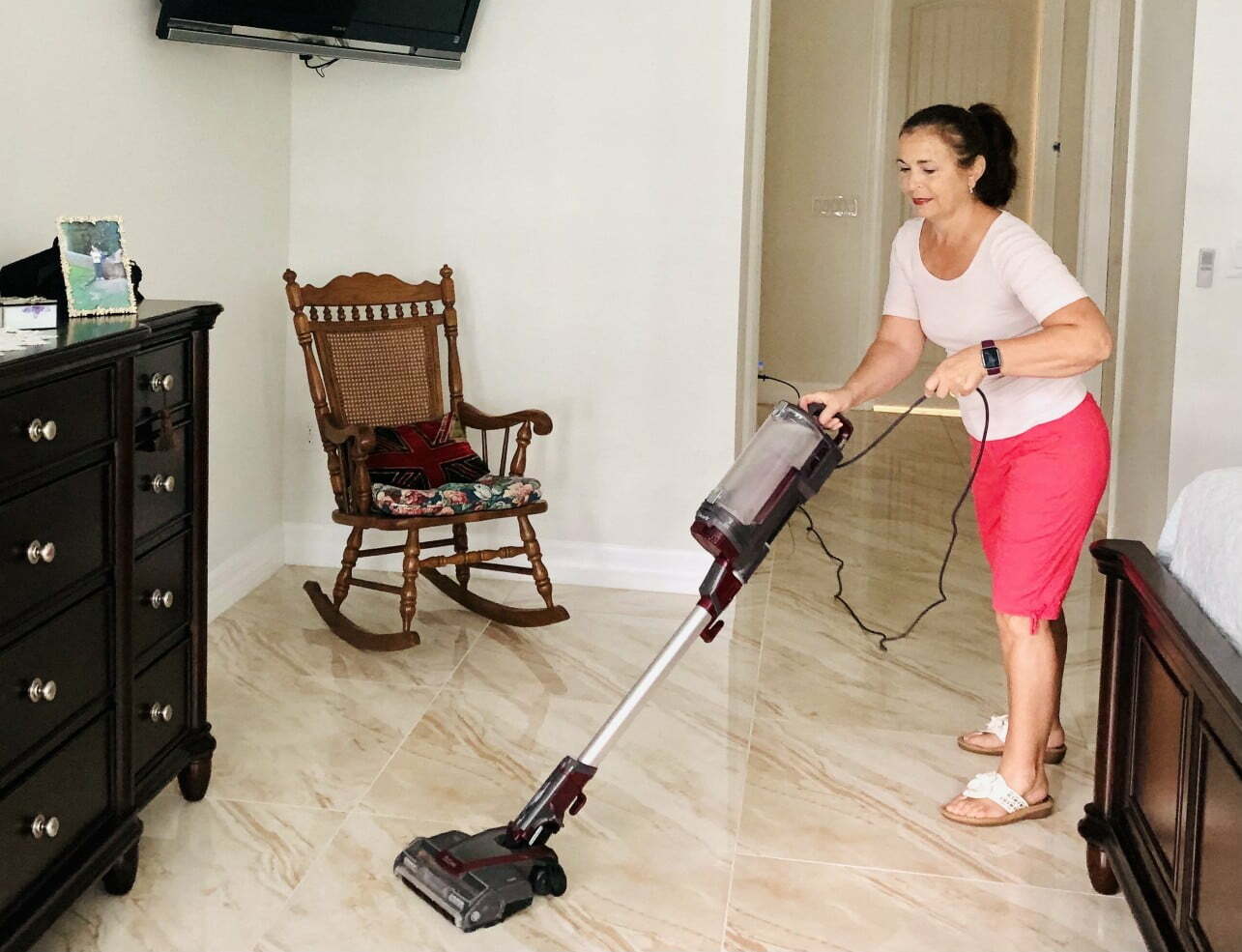













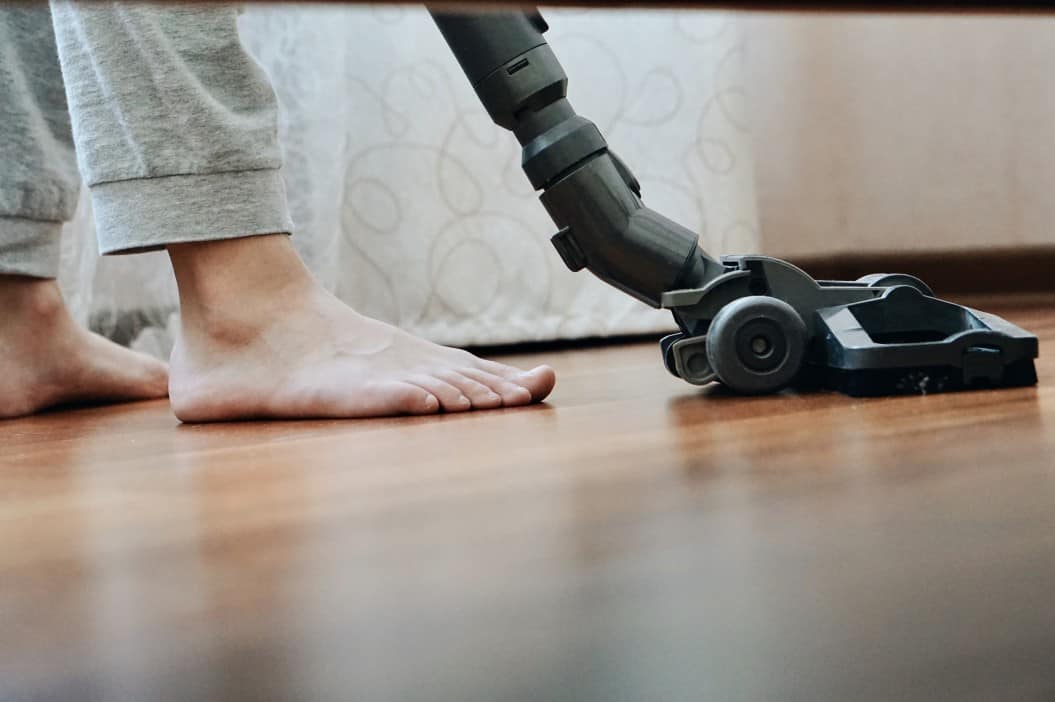
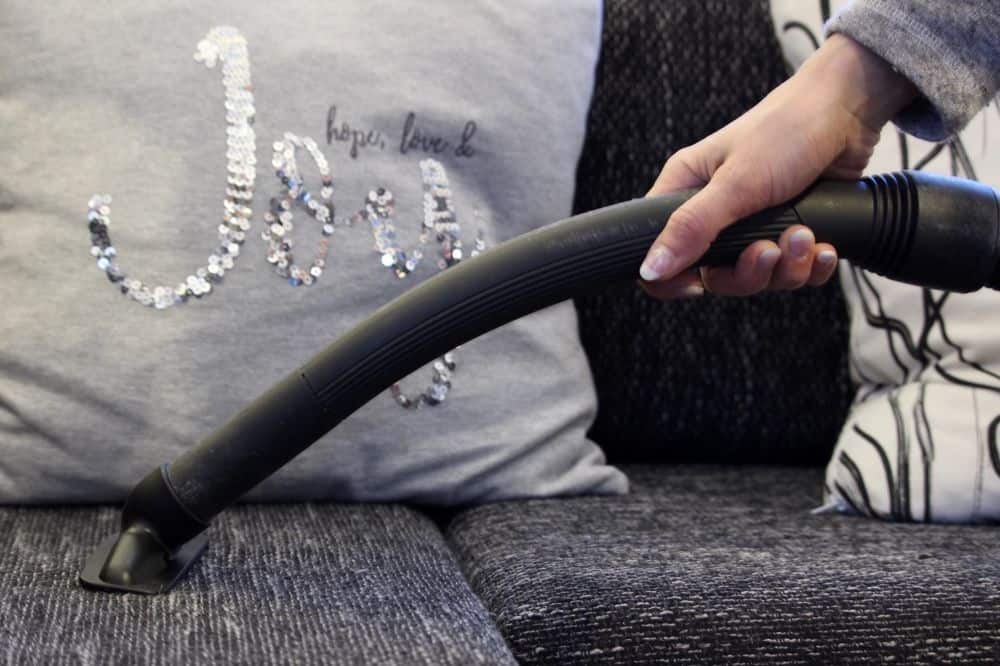
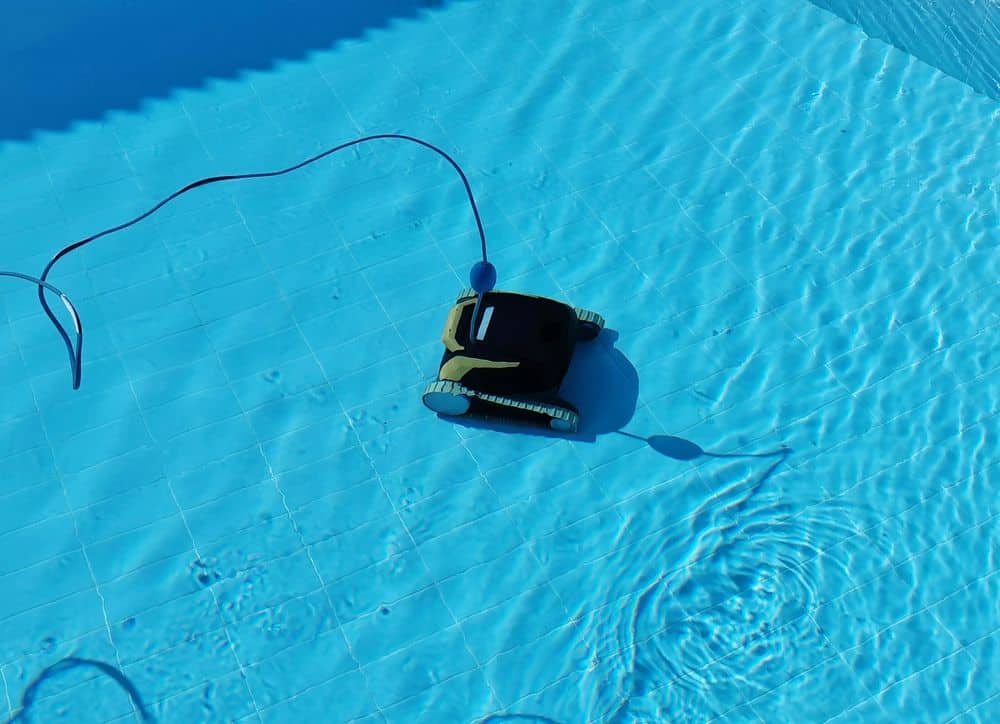
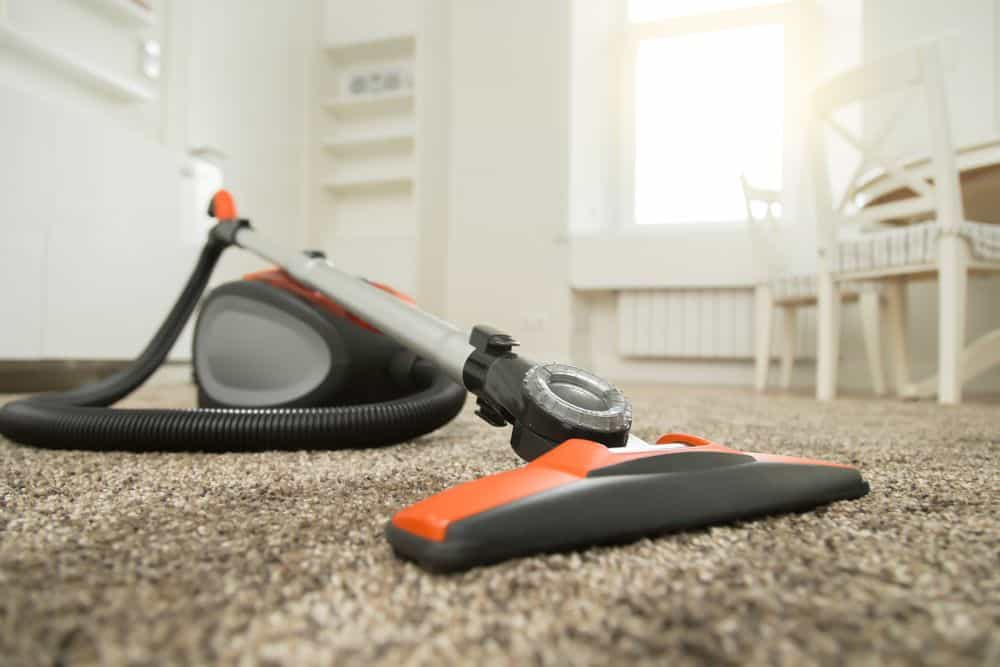
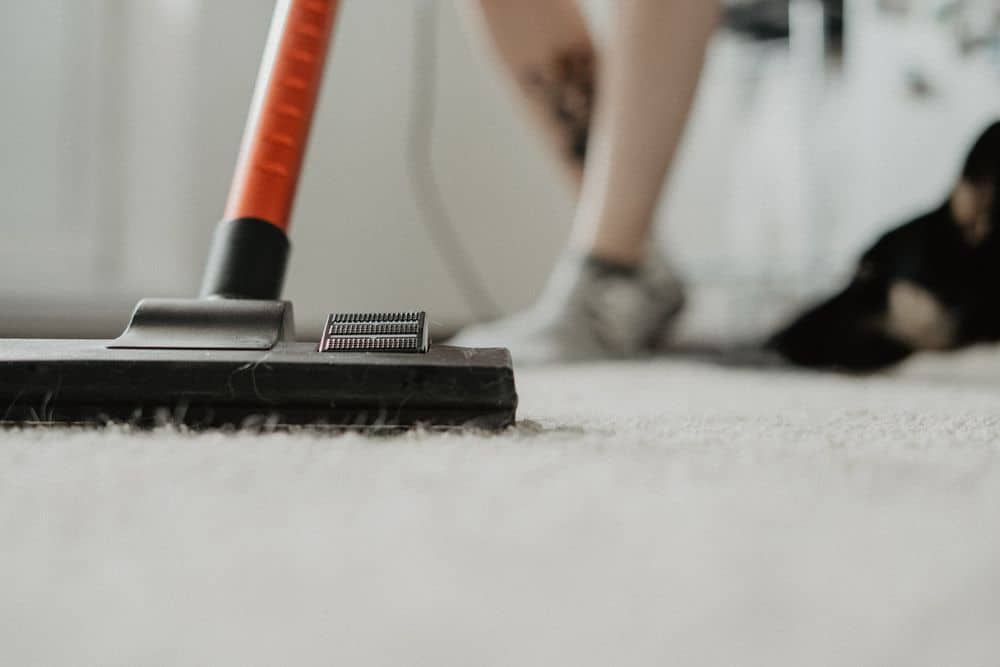
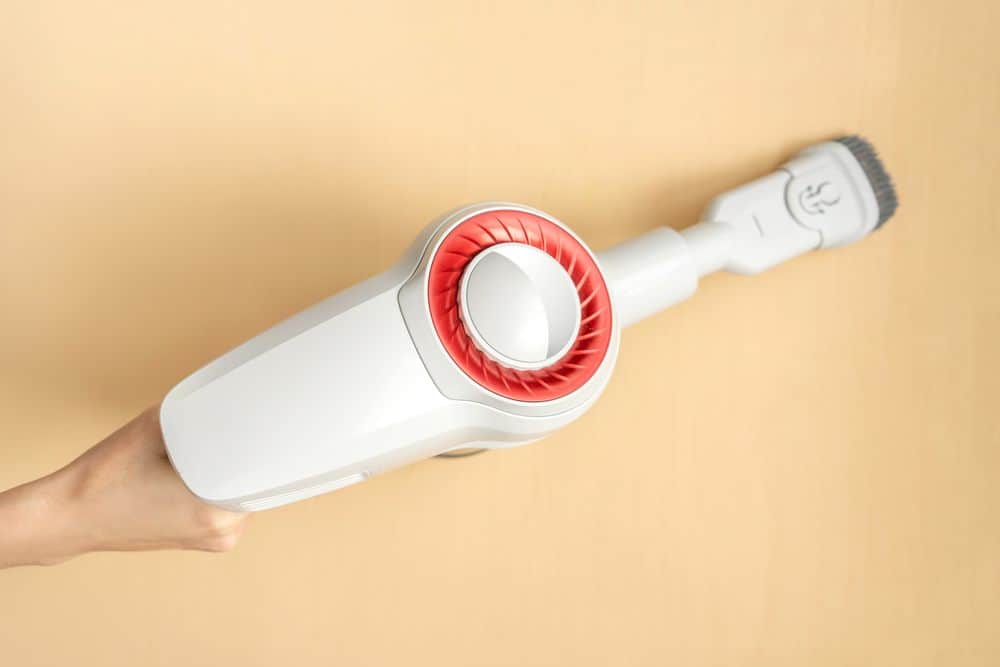
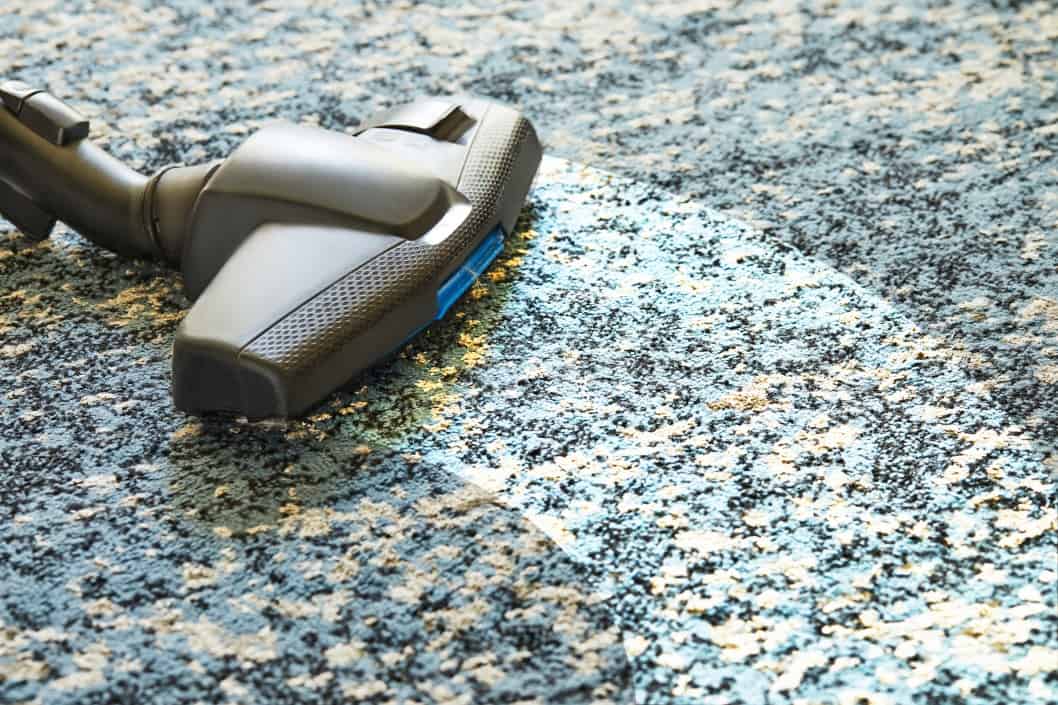
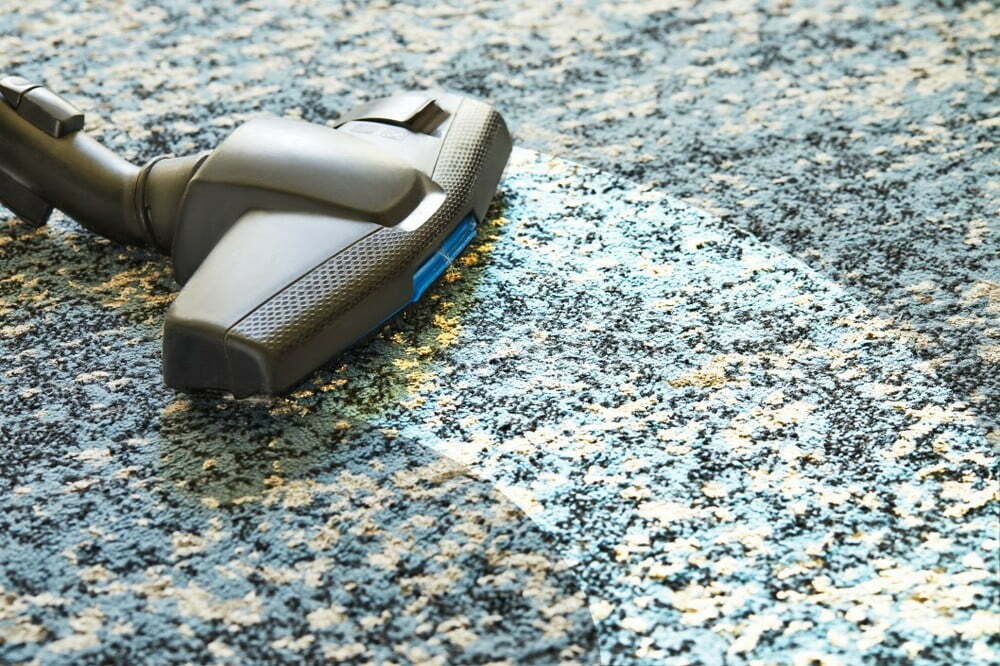
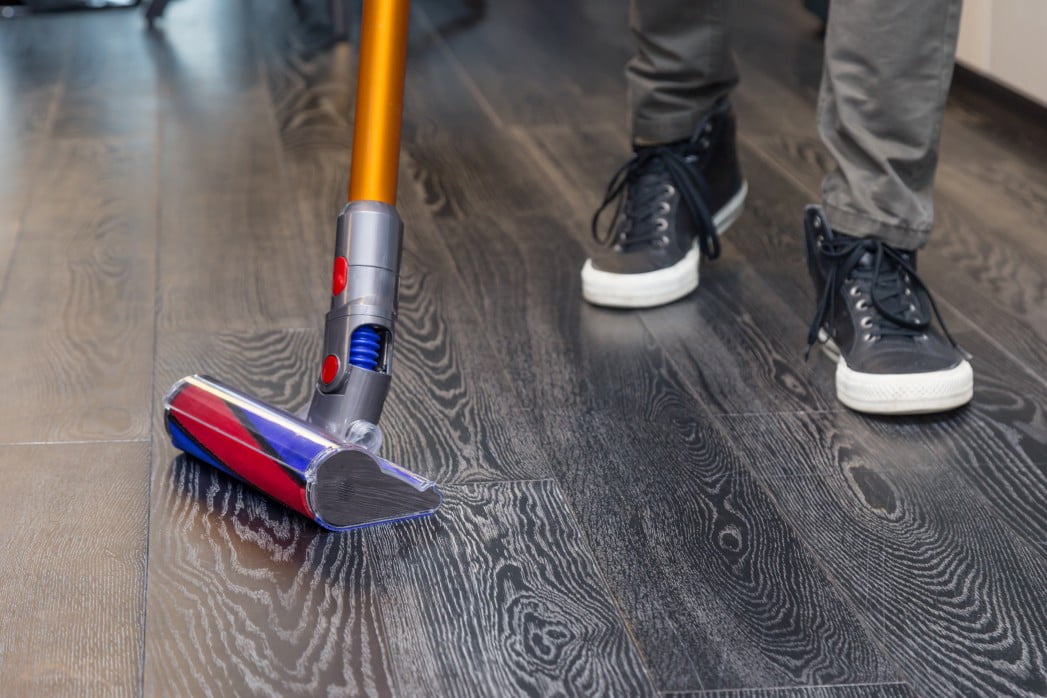
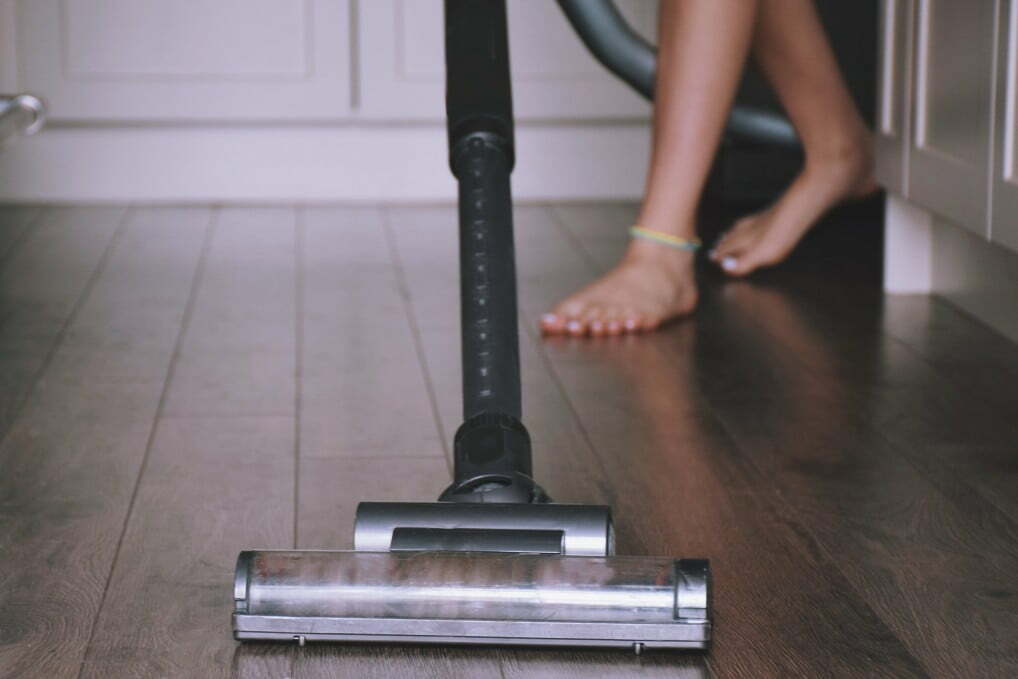
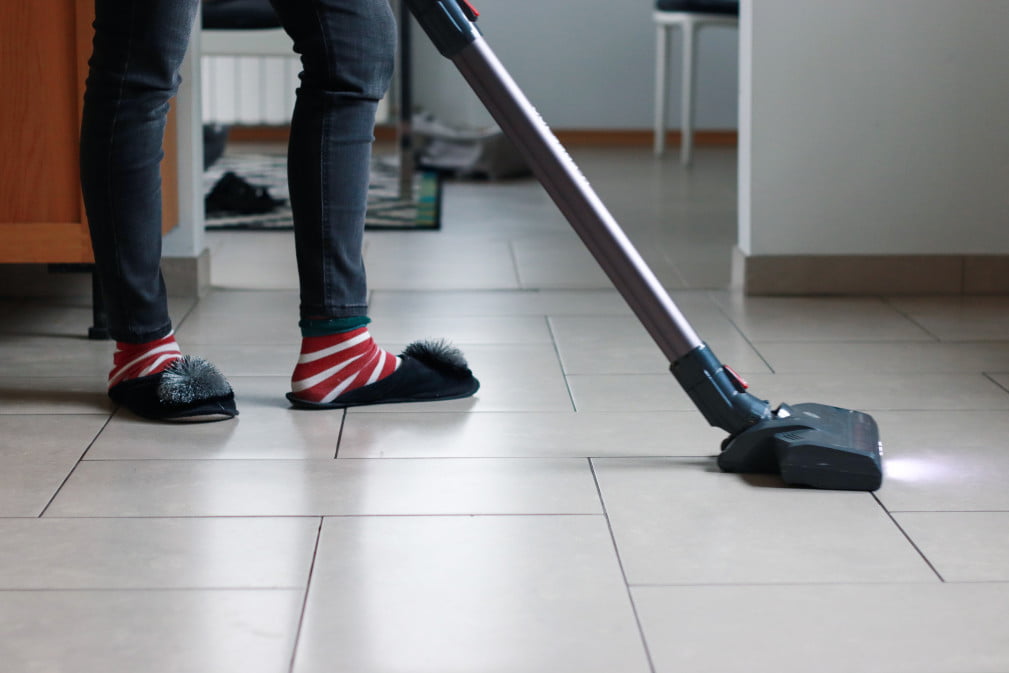
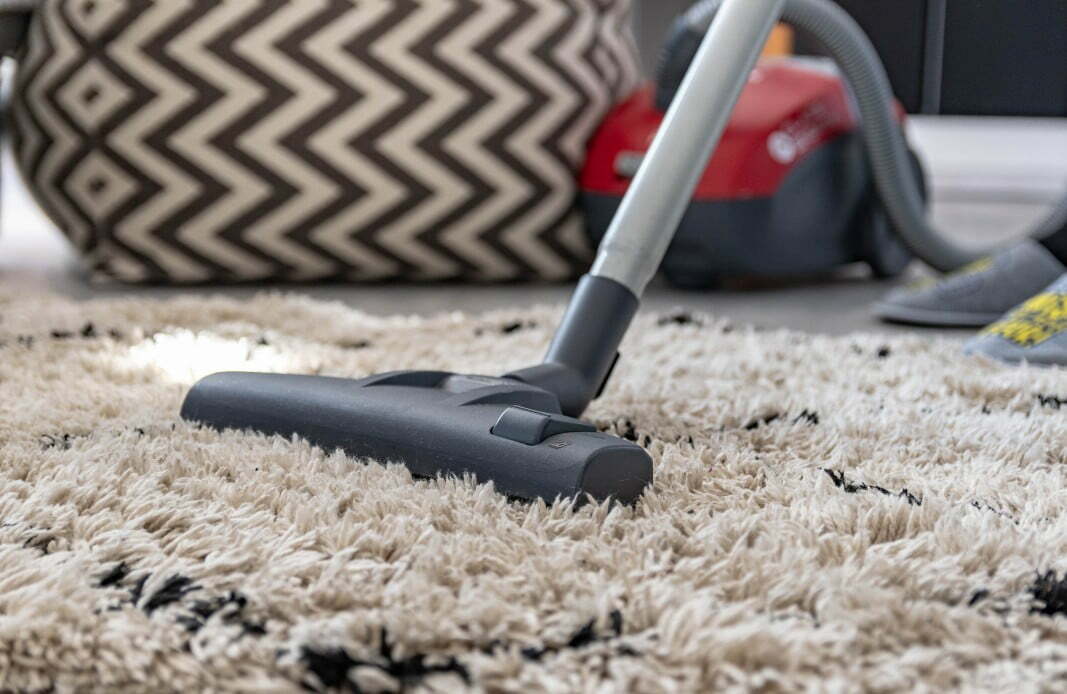
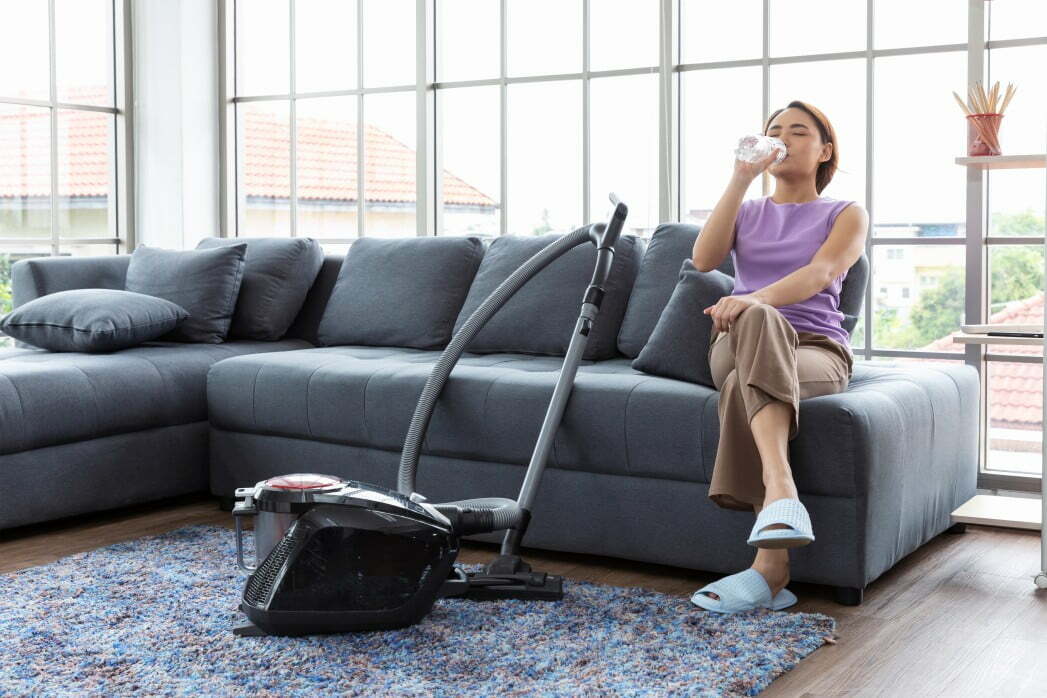
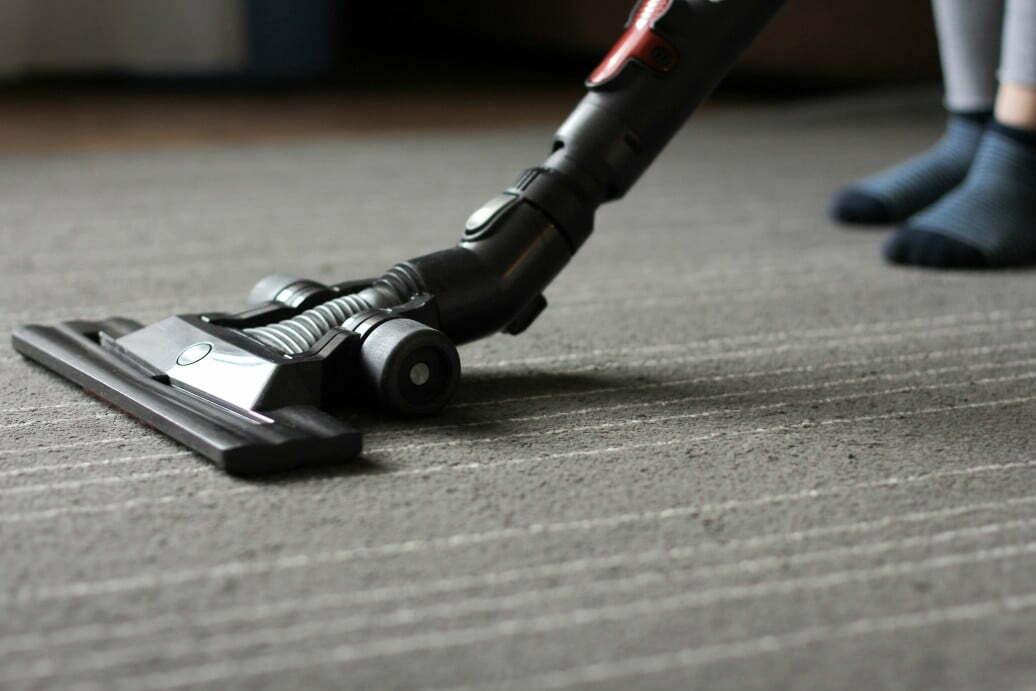
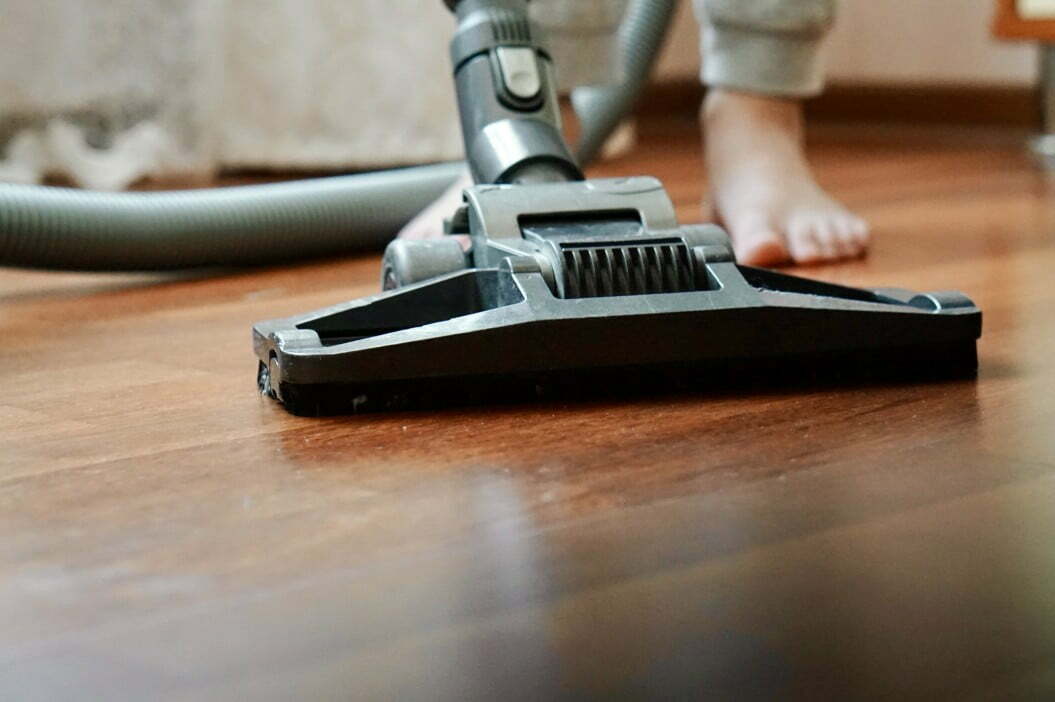
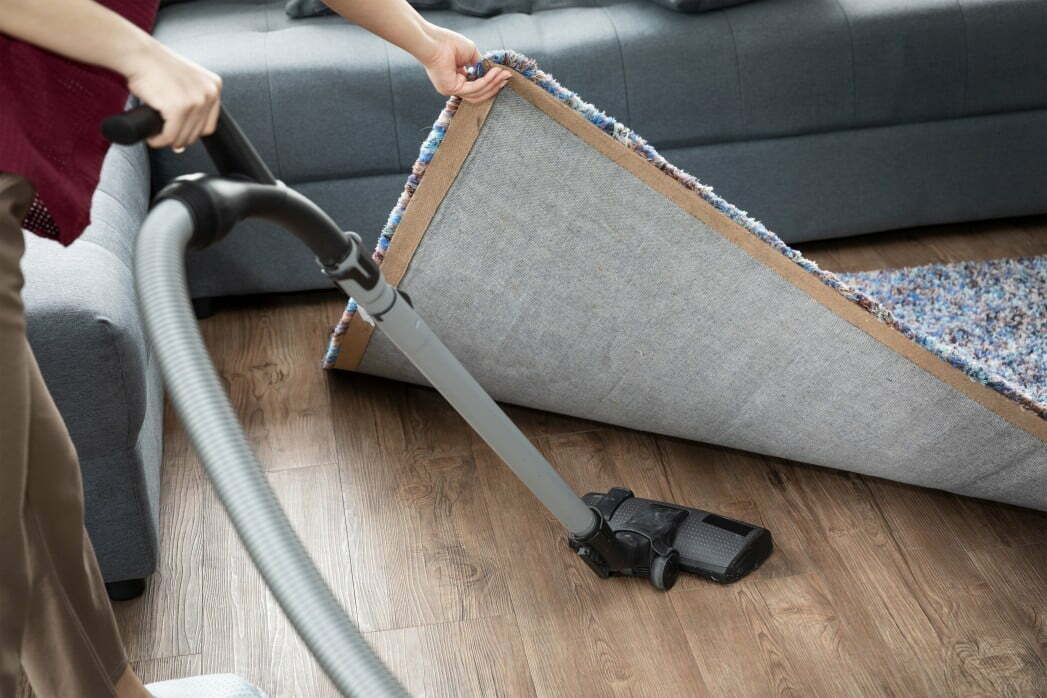
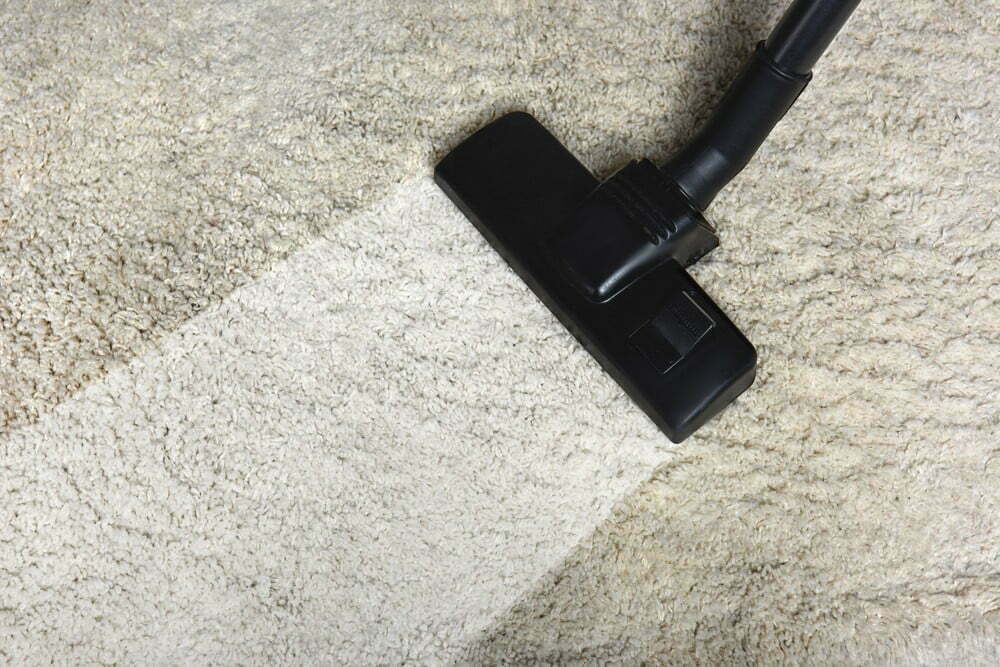
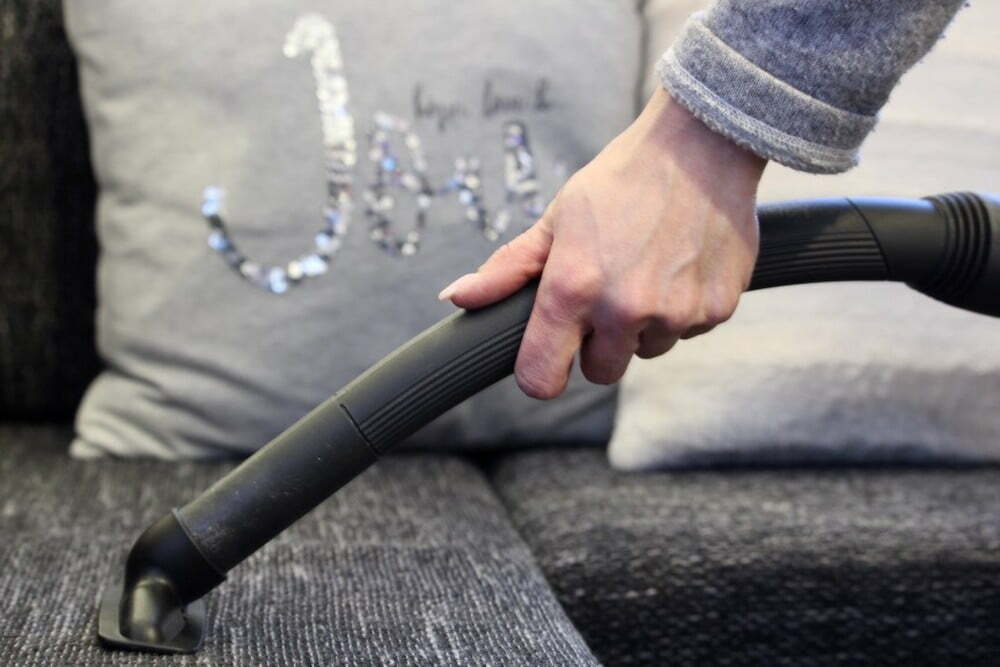
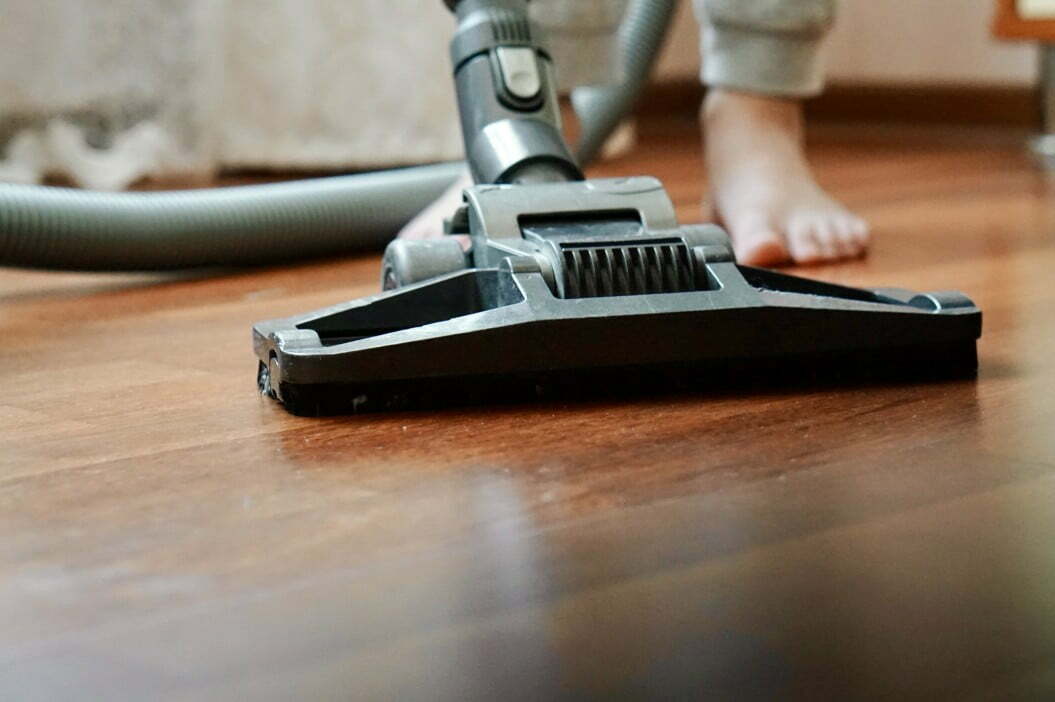

![Best Bissell Vacuum in [year] 27 Best Bissell Vacuum in 2025](https://www.gadgetreview.dev/wp-content/uploads/best-bissel-vacuum-image.jpg)
![Best Miele Vacuums in [year] 28 Best Miele Vacuums in 2025](https://www.gadgetreview.dev/wp-content/uploads/best-miele-vacuum-image.jpg)
![Best iRobot Vacuums in [year] 29 Best iRobot Vacuums in 2025](https://www.gadgetreview.dev/wp-content/uploads/best-irobot-vacuum-image.jpg)
![Best Vacuum with Retractable Cord in [year] 30 Best Vacuum with Retractable Cord in 2025](https://www.gadgetreview.dev/wp-content/uploads/best-vacuum-with-retractable-cord-image.jpg)
![Best Insurance for Home Appliances in [year] 31 Best Insurance for Home Appliances in 2025](https://www.gadgetreview.dev/wp-content/uploads/best-insurance-for-home-appliances.jpg)
![Best Insurance for Homeowners in [year] 32 Best Insurance for Homeowners in 2025](https://www.gadgetreview.dev/wp-content/uploads/best-insurance-for-homeowners.jpg)
![Best Self Propelled Vacuums in [year] 33 Best Self Propelled Vacuums in 2025](https://www.gadgetreview.dev/wp-content/uploads/best-self-propelled-vacuum-image.jpg)
![Best Commercial Leaf Vacuums in [year] 34 Best Commercial Leaf Vacuums in 2025](https://www.gadgetreview.dev/wp-content/uploads/best-commercial-leaf-vacuum-image.jpg)
![Best Vacuums for Cat Litter in [year] 35 Best Vacuums for Cat Litter in 2025](https://www.gadgetreview.dev/wp-content/uploads/best-vacuum-for-cat-litter-image.jpg)
![Best Robot Vacuums for Long Hair in [year] 36 Best Robot Vacuums for Long Hair in 2025](https://www.gadgetreview.dev/wp-content/uploads/best-robot-vacuum-for-long-hair-image.jpg)
![Best Dyson Vacuum in [year] ([month] Reviews) 37 Best Dyson Vacuum in 2025 (October Reviews)](https://www.gadgetreview.dev/wp-content/uploads/Dyson-DC65-e1479509572460.jpg)
![Best Vacuums for Fleas in [year] 38 Best Vacuums for Fleas in 2025](https://www.gadgetreview.dev/wp-content/uploads/best-vacuum-for-fleas-imagre.jpg)
![Best Robot Vacuum for Thick Carpet in [year] 39 Best Robot Vacuum for Thick Carpet in 2025](https://www.gadgetreview.dev/wp-content/uploads/roomba.jpg)
![Best RV Vacuums in [year] 40 Best RV Vacuums in 2025](https://www.gadgetreview.dev/wp-content/uploads/best-rv-vacuum-image.jpg)
![Best Vacuums for Apartment in [year] 41 Best Vacuums for Apartment in 2025](https://www.gadgetreview.dev/wp-content/uploads/best-vacuum-for-apartment-image.jpg)
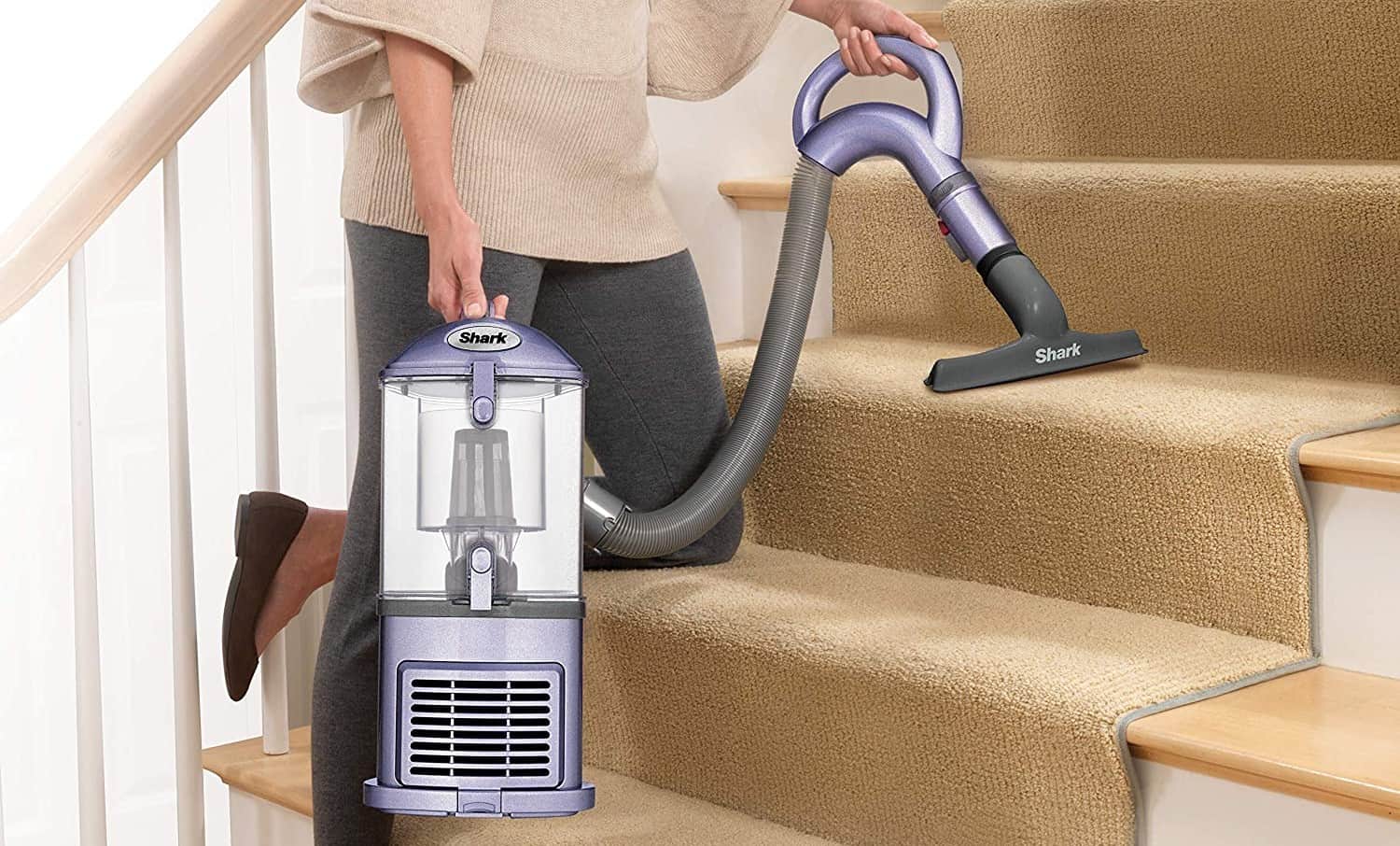
![Best Dorm Vacuums in [year] 43 Best Dorm Vacuums in 2025](https://www.gadgetreview.dev/wp-content/uploads/best-dorm-vacuum-image.jpg)
![Best HEPA Vacuums in [year] 44 Best HEPA Vacuums in 2025](https://www.gadgetreview.dev/wp-content/uploads/best-hepa-vacuum-image.jpg)
![Best Water Filtration Vacuums in [year] 45 Best Water Filtration Vacuums in 2025](https://www.gadgetreview.dev/wp-content/uploads/best-water-filtration-vacuum-image.jpg)
![Best Vacuums for Dust Mites in [year] 46 Best Vacuums for Dust Mites in 2025](https://www.gadgetreview.dev/wp-content/uploads/best-vacuum-for-dust-mites-image.jpg)
